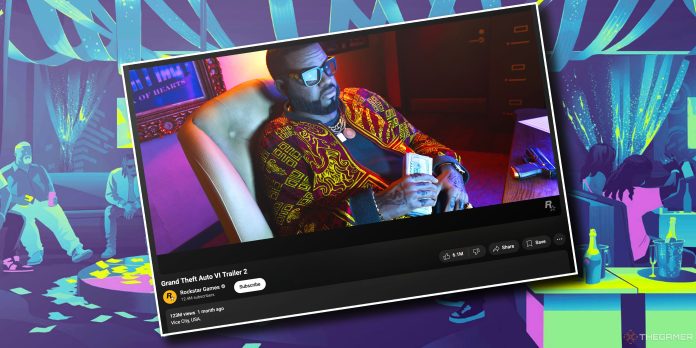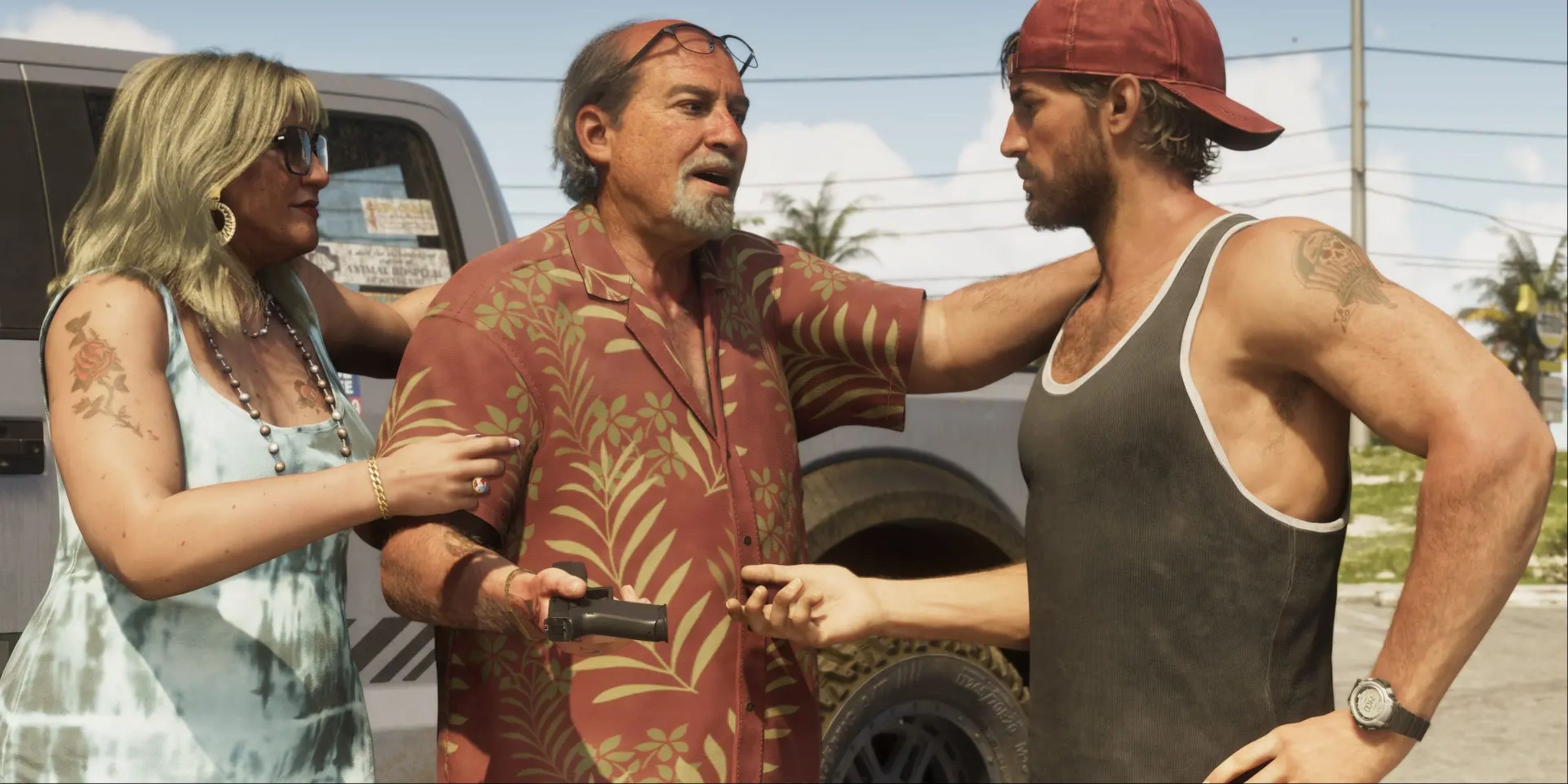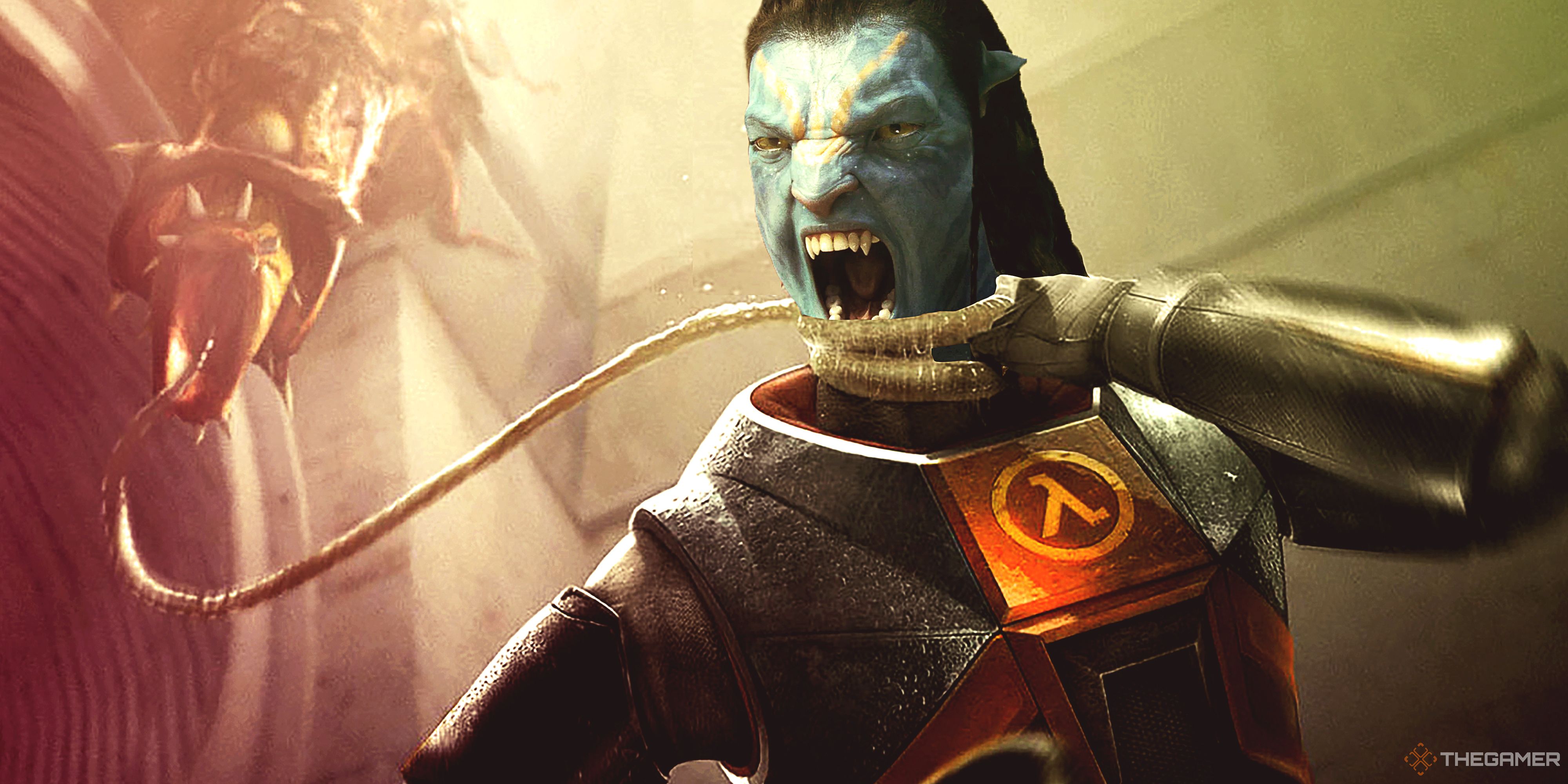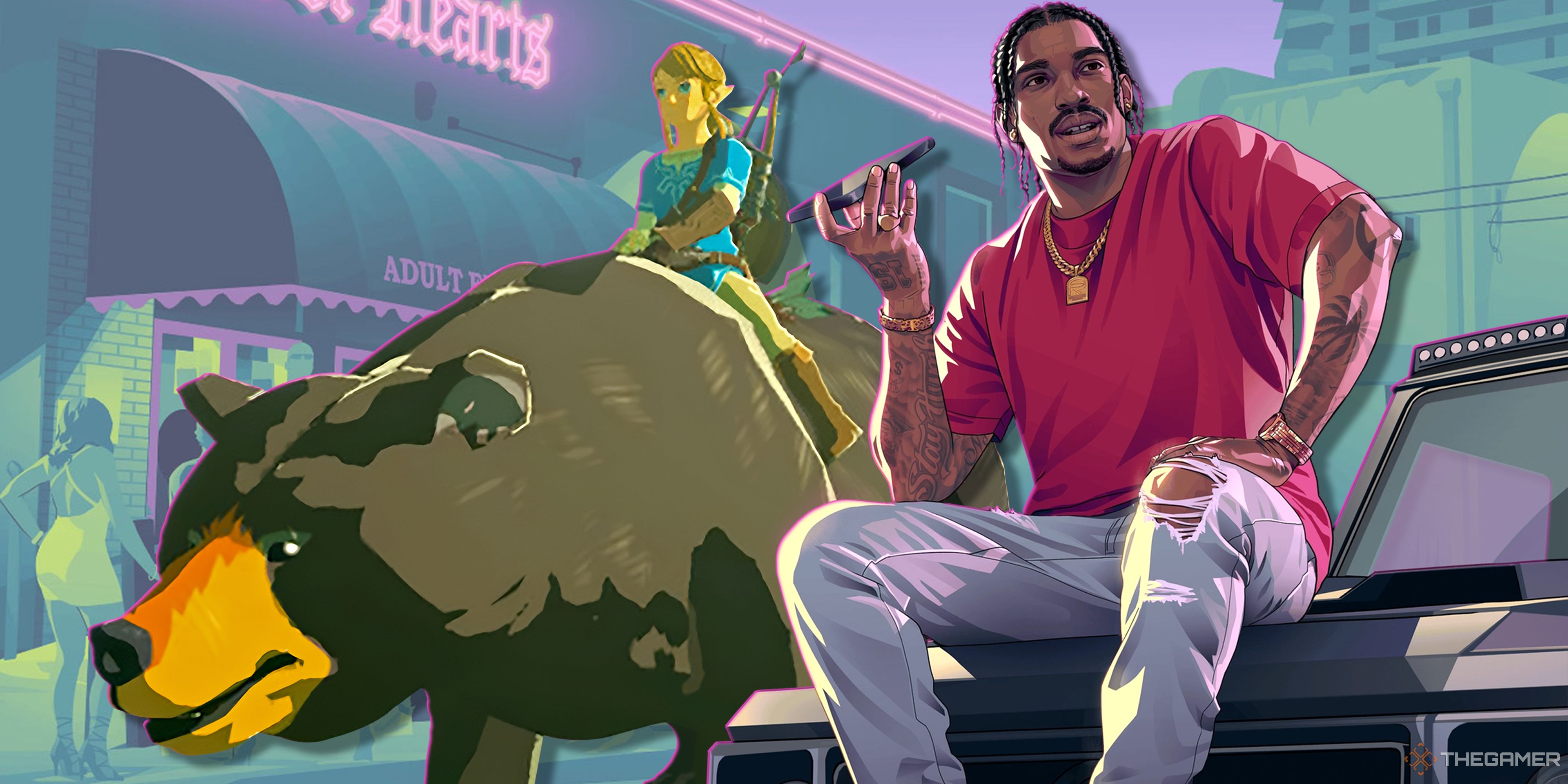But how much of an indication do trailer views actually provide? I’ve been wondering about this a lot myself lately because this year, two movies with gigantic trailer numbers have failed to make a big impact at the box office. The trailer for the recent zombie lega-sequel 28 Years Later has more than 29 million views on YouTube, with many millions more on Twitter — a viral success that seemed to indicate widespread interest in the film.
The trailer was also successful because it’s incredibly effective. One of the best trailers I’ve ever seen.
Now that it’s out, though, 28 Years Later hasn’t ignited a similar phenomenon at the box office. So far, it’s made $107.1 million on a $60 million budget. That’s okay for a film two weeks into its run, but it doesn’t constitute a breakout hit. Similarly, the trailer for The Monkey — a Stephen King story adapted for the screen by Longlegs auteur Osgood Perkins — has more than 100 million views online, but only made $68.9 million at the box office. That’s great for its reported $10-11 million budget, but the trailer’s virality didn’t translate to breakthrough success.
Trailer views often correlate with success in film. Spider-Man: No Way Home‘s two trailers have roughly 180 million views on YouTube, and the movie was a massive hit. But there’s some wonkiness even for box office hits. Avatar: The Way of Water, which outgrossed No Way Home by roughly $400 million, has far fewer views. Something might not get online audiences hyped, but it will still get normie moviegoers off the couch.
Related
Every Half-Life breaks new ground, just like a certain blockbuster film series.
In video games, virality and sales tend to have a more clear-cut link. The official trailer for Minecraft, the most successful game of all time, has over 175 million views on YouTube. The gameplay trailer for notorious flop Concord — and this is the most viewed of its multiple trailers — only has 1.2 million. This isn’t always a perfect indicator: word of mouth can make a game like Clair Obscur: Expedition 33 a hit without the YouTube views to match. But, in general, trailer views are a solid indicator of interest in a game.
Why Do Video Game Trailer Views Match Sales More Closely?
So, why is that? And why is the link so much more direct than with movies? Well, video game fans live online in a way that movie fans don’t. Gamers play games online, chat with their friends using online services like Discord, watch streams online, buy games online, and watch trailers online. You can be a movie fan and ignore online reaction to films entirely, simply going to the theater, seeing posters and trailers for new movies, then going back when something you want to see is playing. Not everyone does this, obviously, but it’s possible. The theatrical experience is self-perpetuating that way.
But video game marketing mostly happens online. The Game Awards isn’t broadcast on network TV; it’s streamed live on YouTube. The same goes for Summer Games Fest, Nintendo Directs, States of Play, and Xbox Developer Directs. If you want video game news, YouTube is the place to be. And, there are so few video game magazines left that, even if you wanted to get your information offline, you’d have a tough time finding it.
So, yes, it matters that GTA 6’s trailer is a juggernaut. It’s going to sell really well. That won’t be because of the trailer. The trailer is a thermostat, not a thermometer. Those views just tell us what the temperature is.




